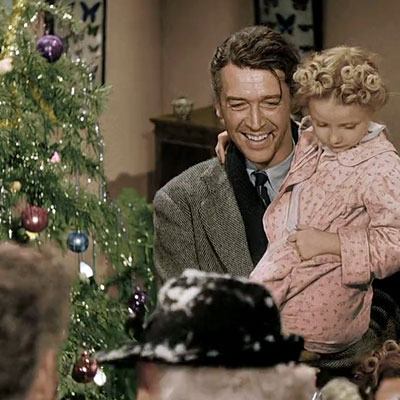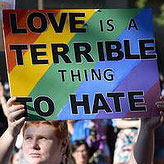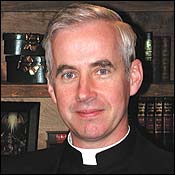Frank Capra’s It’s a Wonderful Life is the unassailable Christmas movie classic. No other Christmas film comes close.
After a life of hard work and sacrifice, George Bailey is on the brink of financial ruin. On Christmas Eve, he resolves to kill himself, so God assigns Clarence, a second class angel, to intervene. Clarence “earns his wings” by dissuading George from suicide. He does this by showing George what the world would be like if George had never existed:
Everyone knows the plot, but I’m surprised how many people have never seen the film. It must be testament to the proliferation of parodies and cultural references, that so many know the story, but so few have watched it.
There are nearly as many interpretations of the movie as there are parodies. When it was released, the FBI considered it subversive propaganda; evidence of the Communist infiltration of Hollywood. Director Frank Capra claimed the very opposite: the film was intended to demonstrate not only “the individual’s belief in himself,” but also “combat a modern trend toward atheism.”
I’ve encountered similarly conflicting interpretations among friends I’ve watched it with. Is George Bailey best characterised by noble sacrifice and generosity, or by self-pity and complaint? Is he a saint, or a patsy? I think the complexity of Jimmy Stewart’s character is the movie’s saving grace, and a complement to the sometimes maudlin excesses of the screenplay.
My own opinion is this: George Bailey is a generous man who loves, but he’s also an angry man who hates. His defects are serious, and he sometimes permits those defects to define him. Despite that, he’s one of cinema’s most attractive characters — probably because we see in him our own selves.
It’s a Wonderful Life isn’t really a film about Christmas. It’s a film about George Bailey’s redemption in and through the cross. You could argue that it’s a better fit for Easter.
Nonetheless, if you haven’t seen it, you should watch it now. This Christmas if possible!






By far, the greatest film! But I still hold that it’s a Christmas film rather than an Easter film. It reminds us of the importance that each individual person has in God’s divine plan. I think this is something that many forget; everyone has a purpose in God’s divine plan! We may be a thin as threads, but each is necessary in his grand tapestry!
At Christmas we remember the importance of Christ’s birth, God with us, without which salvation history would be left with a huge hole!
The key line of the film: “Strange isn’t it? Each man’s life touches so many other lives. When he isn’t around, he leaves an awful hole…”
For christmas! Agreed GOOD padre.
jimmies Stewart was in later life a Presbyterian .He said when he was over berlin on Bombing raids he said Prayer was of a great comfort. perhaps he acted so well in this film because he had seen death every day.
And you are right Father =it is the greatest film and helped with Donna Reed as the wife
The Grinch is way better.
To be scrupulously fair, I have never watched The Grinch so this may be true. But I have seen parts. I am dubious.
Best-ever Christmas movie which never fades in delight.
I saw this for the first time last year. Truly wonderful.
I just adore this film, it has definitely become a Christmas staple in our household over the years. How wonderful would it be to see it in colour.
I know what you mean Genevieve, but bear in mind Jimmy Stewart was against it. He led public protests against Ted Turner in the 80s when he started colorising old movies like It’s a Wonderful Life.
I literally have just stepped up from the lounge from watching this very movie. Heart-warming!
Absolutely loved this movie so bought it. Have a Blessed Christmas Father John.
it is a very good movie. brent is back for a visit. so good to see him. he is moving to a new school when he gets back. have a happy holiday season.
Hey Father John..Happy, Holy Christmas to you!!! Will get the movie for sure